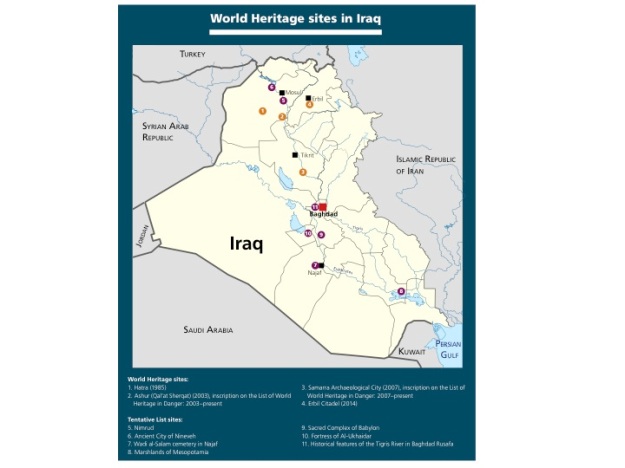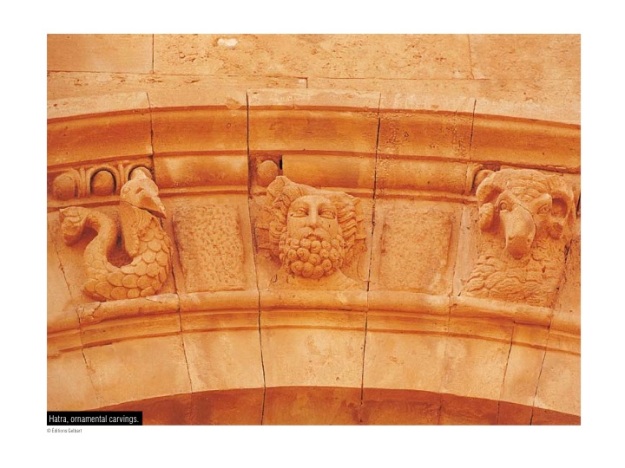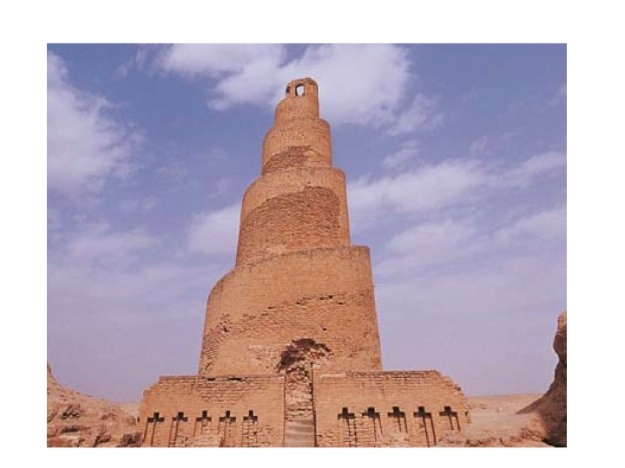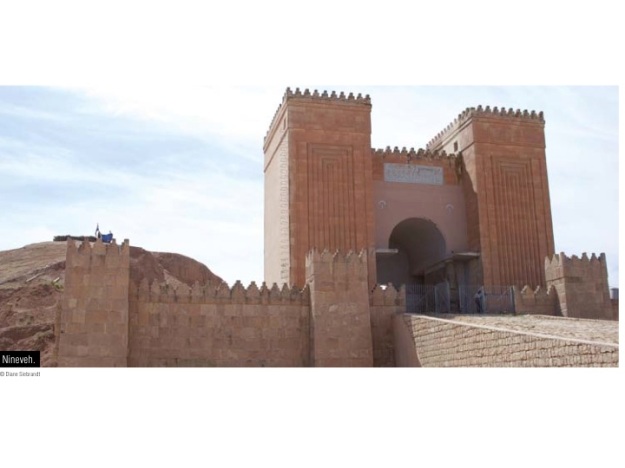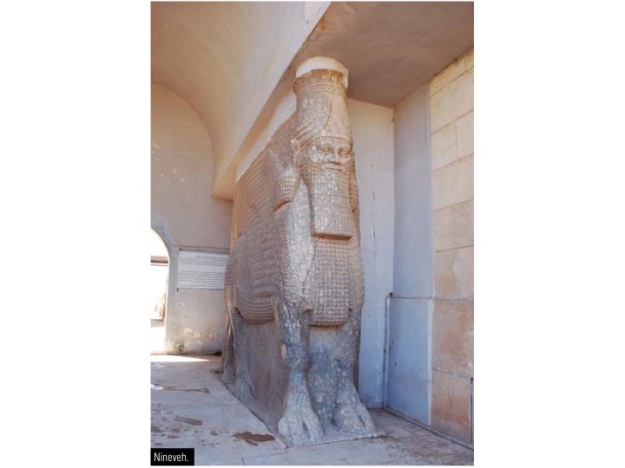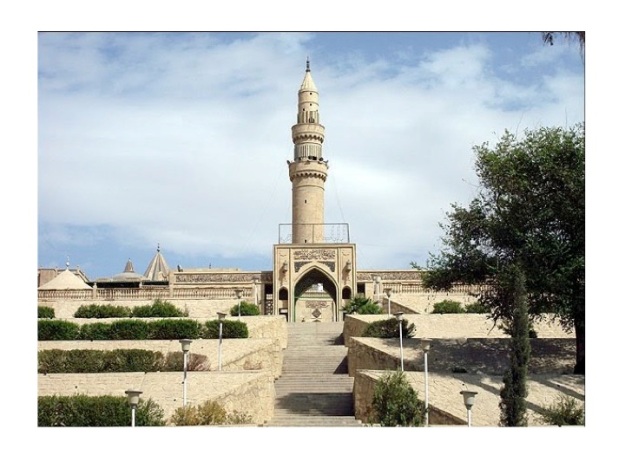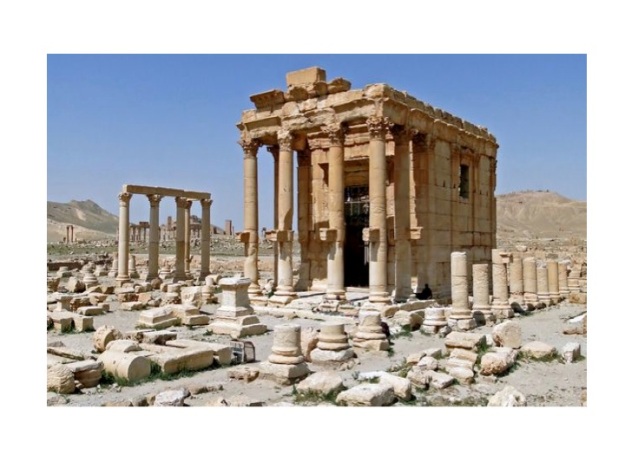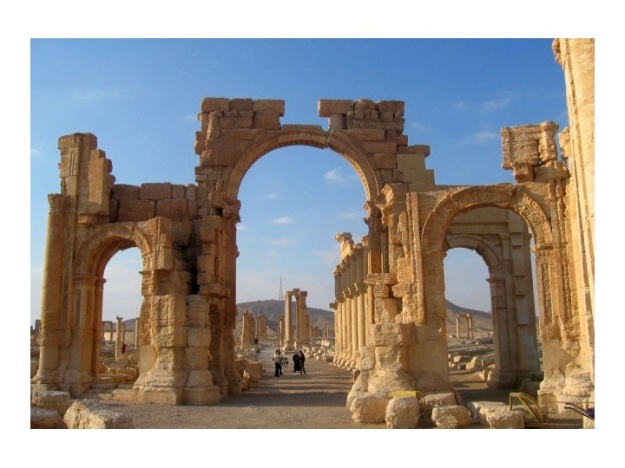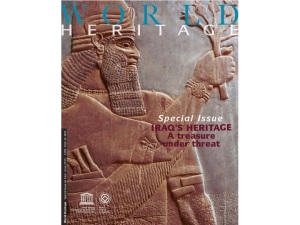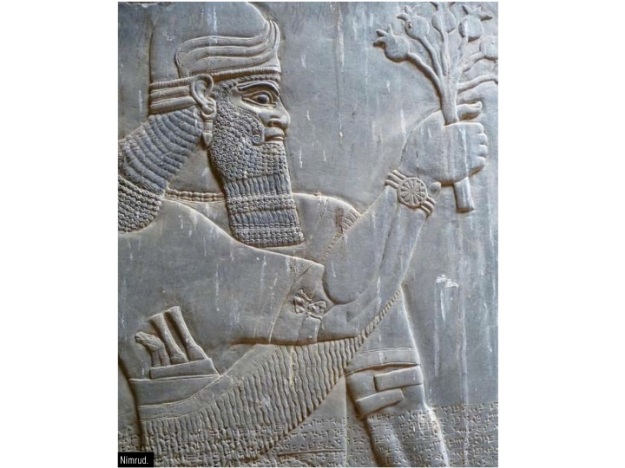 Iran, Iraq, Lybia, Syria and other countries of Middle East have an exceptional archaeological heritage, including world-famous sites and treasures of ancient civilizations as the Sumerians, Akkadians, Babylonians, Assyrians, Hittites, or the Persian Empire.
Iran, Iraq, Lybia, Syria and other countries of Middle East have an exceptional archaeological heritage, including world-famous sites and treasures of ancient civilizations as the Sumerians, Akkadians, Babylonians, Assyrians, Hittites, or the Persian Empire.
In recent years these sites are under threat, many of them being destructed or seriously damaged as result of civil wars and armed conflicts. The irruption of the Islamic State in Iraq and the Levant (ISIL), AL Nushah Front (ANF) and other individuals, groups, undertakings and entities associated with Al-Qaïda have aggravated the situation enormously. They have intentionally destructed cultural and religious buildings in sites as famous as Nínive and Palmyra. They have also seriously damaged, looted and smuggled cultural heritage items from libraries, archives and museums, as the Mosul Museum, many of them being now the victims of illegal trafficking
Iraq
Among the archaeological sites of Iraq (some of them included in UNESCO World Heritage List), terrorist attacks have seriously affected Hatra, Samarra, Nimrud and the Ancient City of Nineveh.
Hatra started as a small Assyrian settlement, which went on to become a fortress and a commercial centre of the famous oriental Silk Road. It was also the capital of possible the first Arab Kingdom in the chain of Arab cities. In April 2015, unvaluable elements of this 2.000 years-old civilization were deliberately destroyed by Daesh.
Samarra is located 130 kms north of Bagdad and considered one of the largest archaeological sites in the world. It was build in AD 836 by Caliph al -Mutasim, and developed by seven successive rulers until 892, when Baghdad was reinstated as the capital.
Nimrud was founded by the Assyrian King Shalmaneser I (1274-1245 BC) and became soon of the main cities of the Assyrian Empire. With the King Ashurnashirpal II (883-859 BC), Nimrud became the capital of the Empire (at the expenses of Assur) and a cosmopolitan flourishing city which remained the capital of the Empire during 150 years. In February and March 2015, Daesh continued its cultural cleansing by targeting cultural icons and historic monuments in Nimrud.
- See REUTERS – Islamic State militants bulldoze ancient Nimrud city
- See UNESCO – Director General condemns destruction of Nimrud in Iraq
The Ancient City of Nineveh was settled as early as 6000 BC and became the capital of the Neo-Assyrian Empire round 700 BC, during the Senacherib reign (705-681 BC). It is considered one of the most prominent cultural centres of antiquity that significantly contributed to the development of human civilization. The limits of the ancient location are marked with two principle mounds (tells) named Kouyunjik and Nabi Yunus (the so called «Nergal Door»), and the city wall with 12 kms in circumference.
Nineveh was also attacked by Daesh in February 2015 and the Nergal Door seriously damaged intentionally with power drills.
In Mosul, the Mosque of Yunus Prophet was dynamited in July 2014:
Very valuable pieces exhibited in Mosul Museum were also seriously damaged by Daesh members beginning of 2015. Whether Daesh destroyed the original pieces, or only copies whose originals are subject to illegal trafficking, is still unknown.
Syria
The Syrian civil war, combined in the recent past with Daesh terrorist activities in the region have devastated partly the amazing cultural heritage of Syria.
The oasis of Palmyra, commonly known as «the Pearl of the Desert» is being particularly targeted by Daesh.
The Baal Shamin Temple was destroyed in July-August 2015
The Arch of Triumph, considered one of the most exquisite sites included in the World Heritage List of UNESCO, was reported to have been destroyed in October 2015.
The image below corresponds to Mr Khaled al-Asaad, the Syrian archaeologist who was the head of antiquities for the ancient city of Palmyra. He helped evacuating the city Museum when he was captured by Daesh and retained for several weeks, forced to reveal the location where the cultural goods were hidden to protect them from extremists. He was finally murdered in a public place in August 2015. This is our little tribute to him… 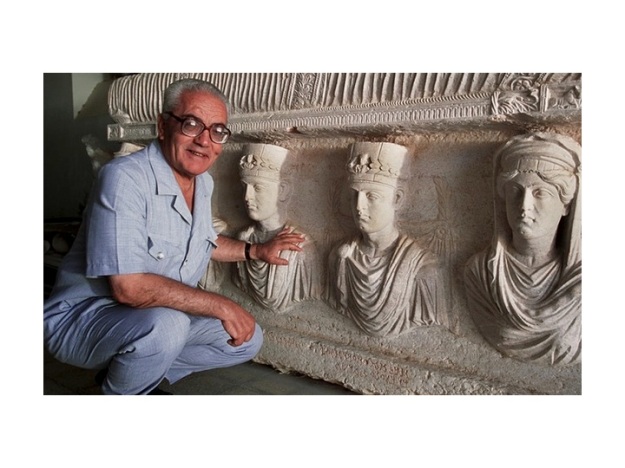 Information re Iraq is mostly extracted from:
Information re Iraq is mostly extracted from:

